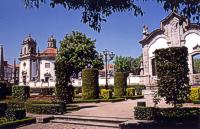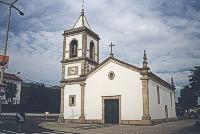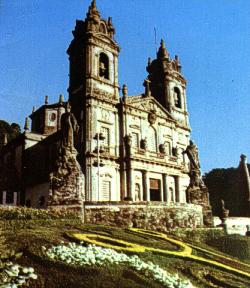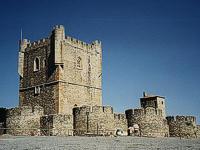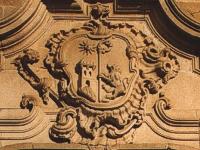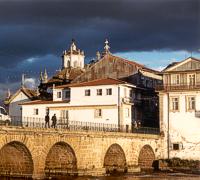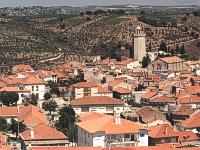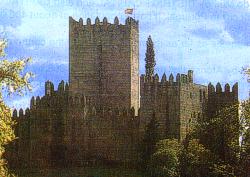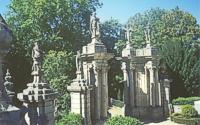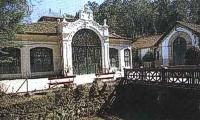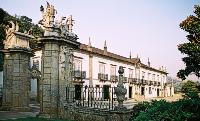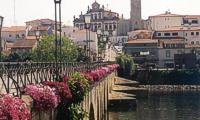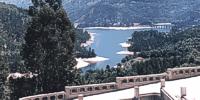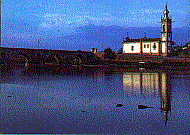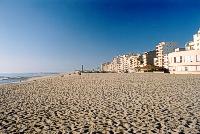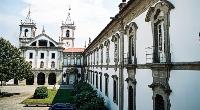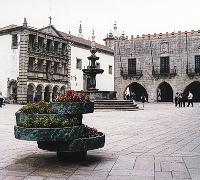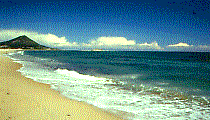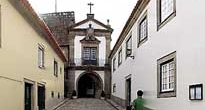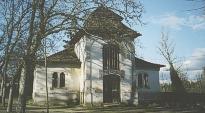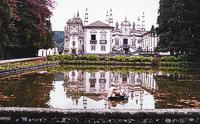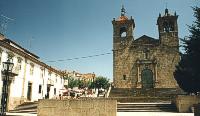|
Tourism |
| Portugal > Tourism > North (Oporto) > Accommodation | |
|
|
The noblest tradition nests in the natural beauty
of Portugal's most ancient region.
Accommodation | Sightseeing Guided Tours | Golf | Places of interest | Regional gastronomy | Festivities | Handicrafts | ONLINE RESERVATIONS |
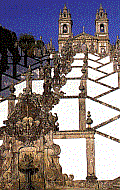 |
|
In the north-western part of the country lies this land of dense vegetation
and profound historic wealth. It was here that Portugal's first king,
Dom Afonso Henriques, was born in the beginning of the 12th century,
having then extended the kingdom to the south, in what was considered
as one of the most heroic feats of the Christian Reconquest. Stay at one of the excellent manor-houses and mansions with coats of
arms, and enjoy the aristocratic tradition of hospitality. Along with
this unreproachable art one may en joy an abundant gastronomy, light,
acidulous wines (vinhos verdes) and rich wines, and a variety of handicrafts
that mingles the shine of` the filigree with the colour of the local
embroideries. |
|
The country's longest motorway (A1, from Lisbon to Oporto) goes up to Braga (A3), in the heart of Costa Verde. If you follow the coastline on the road from Vila do Conde to Valença, you will not miss the beautiful beaches, seaside resorts and enchanting villages such as Caminha and Vila Nova de Cerveira. Inland and worthwhile visiting is the Peneda-Gerês National Park. Throughout the region the rivers, waterfalls, vineyards and fertile plots combine with the ancestral monuments in urban centers. Oporto,
the capital of the country's northern regions, with its international
t airport, offers the delights of a riverside city as it is magnificently
situated on the mouth of the Douro river, from where boats leave to
sail up the beautiful river. |
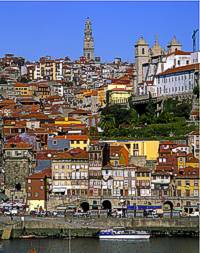 |

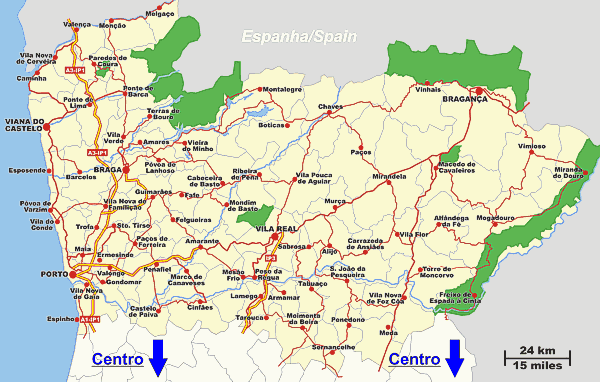
| PLACES OF INTEREST |
